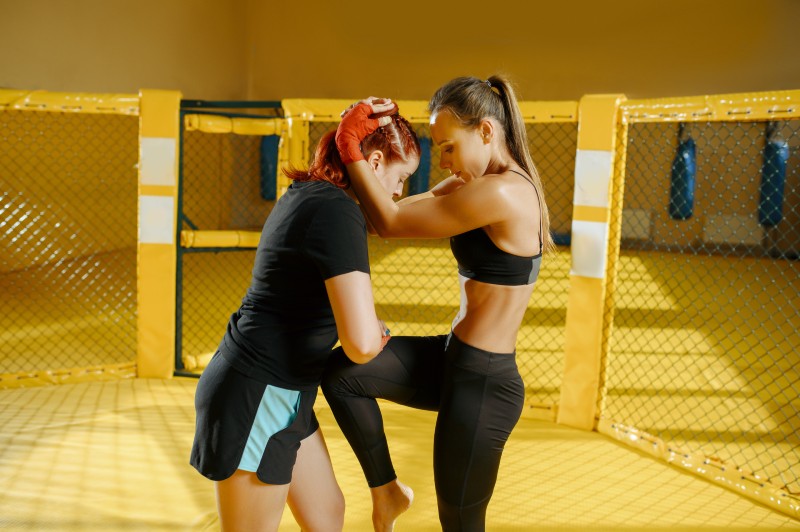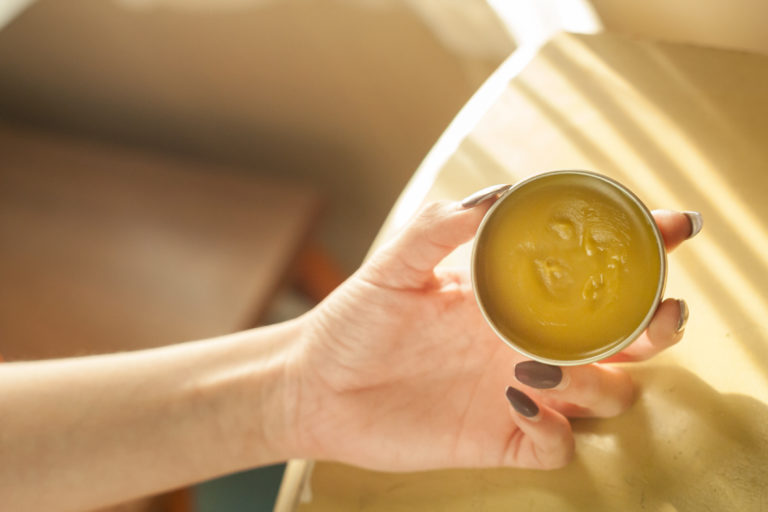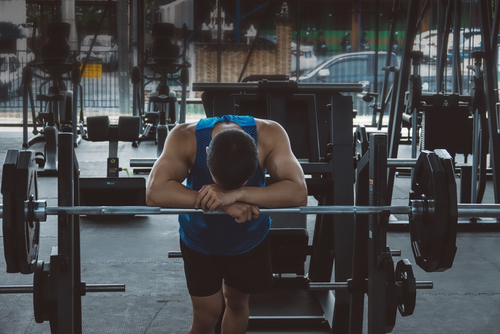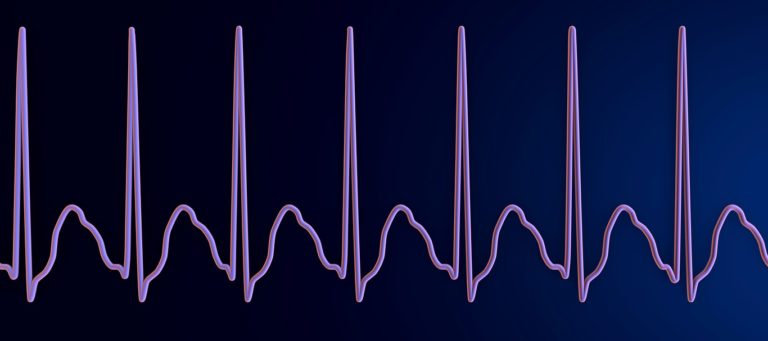You’ve beaten the pre-fight jitters, geared up, and got in the ring. Your head and body were ready, your adrenaline kicked in, and you did what you do best — fought to prove yourself. But the fight’s over, and win or lose, the adrenaline rush from the physical combat is still surging through your body.
This continued adrenaline rush is stressful. It can be hard on your mental state and prevent you from relaxing post-fight.
However, the ring isn’t the only place you feel stress. You may find it more stressful outside the ring than inside, and there are methods to help you cope with these stressors. Here we have post-fight stress-relieving exercises that you can apply to your everyday life. So whether you’re in the ring or at your day job, you’ve got the tools to cope.
Deep Breathing
This is a simple yet powerful technique that is the cornerstone of many relaxation exercises. While you can find downloads that contain guided meditative deep-breathing exercises, all you need is a quiet place where you can stretch out.
- You can either lie on your back or sit up with your back straight. Place one hand on your stomach and the other on your chest.
- Take a deep breath through your nose and let the air fill your stomach. The idea is that your stomach should expand but not your chest.
- Exhale through your mouth and use your abdominal muscles to push out as much air as possible. Again, the hand on your stomach should move, but not the one on your chest.
- Continue this pattern of breathing slowly by inhaling through your nose and exhaling out your mouth to make your stomach expand and contract.
Body Scan Meditation
This kind of meditation focuses on every area of your body to pay attention to and then relax that area. With this one, you will lay on your back with your arms resting by your side and your legs uncrossed. Practice the breathing technique above for a few minutes until you feel completely relaxed, then perform the following exercise.
- Focus on the toes on your right foot and continue that focus as you breathe. Picture each breath flowing to your toes as they relax. Do this for around four seconds.
- Begin moving up your right foot to your arch, ankle, calf, knee, thigh, and hip. From there, repeat the same for your left leg.
- Once you’ve completed your legs, move to your torso, lower back, abdomen, chest, upper back, and shoulders.
- As you reach larger muscle areas or areas in discomfort or have trouble relaxing, feel free to spend more time on that area. Generally, no more than two minutes should do it.
Once you are done scanning your body, relax for a while in the silence and take note of how your body feels. Feel free to stretch as you open your eyes and enjoy the overall relaxed feeling throughout your body when you’re done.
Tai Chi
Tai Chi is derived from a Chinese martial art that links breath to physical movement. The combination of movement and breath increases flexibility and boosts energy. Tai Chi is often called meditation in motion because it requires the participant to focus on the present, letting everyday worries fade away. Those who participate in Tai Chi have reported better sleep, balance, and cardiovascular fitness.
There are several online sites and programs that teach Tai Chi. And know that there are several styles of the art form that range in intensity and are composed of more than 100 gentle, fluid movements.
Tai Chi is also an excellent martial art program for fighters. It combines the mental game with physical motion in a unique way. It combines strength training and peace of mind into a single art form.
Yoga
Yoga relieves physical tension while making you more flexible. It is a form of strength training that uses deep breathing to trigger your body’s relaxation response. In addition, yoga requires concentration, which in turn helps with stress management and mental focus.
You can find many different yoga instructions that teach the full range of proper yoga positions online. In addition, there is likely to be a yoga studio somewhere near you if you enjoy a live instructor in a group setting.
Visualization (Guided Imagery)
This is a variation of traditional meditation, where you imagine a physical place’s sights, sounds, and sensations. The place you will be visualizing needs to be a place of great peace for you, so you should choose the setting that works best for you. It could be on a mountain, on the beach, or even the place of your favorite childhood memory. Then you meditate on that place and imagine the sensation of actually being there.
Several apps and audio downloads that you can find online will guide you through this visualization process. Most contain soothing music and natural sounds as a voice guides you through the images.
If you would like to practice visualization on your own, first find yourself a comfortable, quiet place in which to relax and close your eyes. Next, bring to your mind a scene that you consider to be a relaxing place. From there, place yourself in your mind’s eye as if you were physically at the location. Finally, incorporate all of your senses. For example, if your relaxing place is at the beach:
- Picture the white sand and blue water;
- Listen to the waves as they crash onto the beach;
- Feel the sun on your face;
- Smell the clean, salty ocean air;
- Listen to the seagulls overhead;
- Feel the warm sand around your feet.
If you tend to get distracted, stay with it. Try to keep yourself firmly in the scene. As you relax into the visualization, you may find your limbs getting heavy, or you may yawn a time or two. That’s fine, as these are normal responses as your body continues to relax.
You Can Relax with Fight Doctors
Whether it’s something from our line of CBD and Delta 8 THC products or using our medical services before or after a fight, you can relax knowing that we at Fight Doctors are committed to only bringing you the best.







